Tips for Setting Up a Travel-Friendly Rod and Reel Kit
Fishing while traveling opens up a world of exciting new waters to explore, from remote mountain streams to tropical shorelines. However, the logistics of packing fishing gear can quickly become complicated without proper planning. Creating a dedicated travel-friendly rod and reel kit allows anglers to pursue their passion wherever adventure takes them, without sacrificing performance or dealing with bulky equipment.
Whether you’re planning a dedicated fishing vacation or want to squeeze in some fishing during business trips or family getaways, the right compact setup can make all the difference. This guide will walk you through everything you need to consider when assembling the perfect travel fishing kit that balances portability with fishing effectiveness.
Choose a Travel-Specific Rod
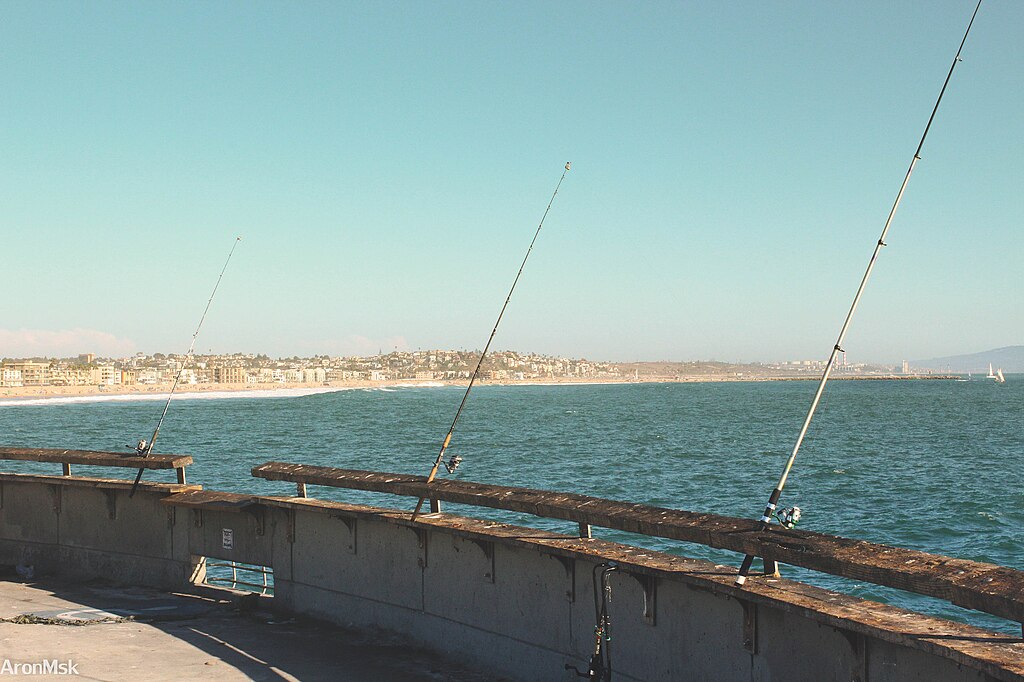
Travel fishing rods are specifically designed to break down into multiple pieces, making them significantly more portable than standard one or two-piece models. Multi-piece rods typically come in 4-7 sections and collapse down to lengths of 17-24 inches, easily fitting into suitcases, backpacks, or dedicated carrying cases. When selecting a travel rod, look for models with quality ferrules (the connections between sections) as these are critical to maintaining the rod’s action and strength. Modern technology has greatly improved multi-piece rod design, with many premium options performing nearly identically to their one-piece counterparts. Consider versatile medium-power, fast-action rods in the 6’6″ to 7′ range as they’ll handle a wide variety of fishing situations you might encounter on your travels.
Select a Compact, Reliable Reel

Your travel reel needs to be durable enough to withstand the rigors of transport while remaining light enough not to weigh down your luggage.
Spinning reels are typically the most versatile choice for travel setups, offering good performance across multiple fishing styles and environments. Look for models with sealed drag systems that keep out sand, salt, and debris—particularly important when fishing in unfamiliar environments. A 2500 or 3000-size spinning reel makes an excellent all-around choice that balances capacity, weight, and casting performance.
For fly fishing enthusiasts, consider compact click-and-pawl reels that are less likely to be damaged in transit than more complex disc-drag systems. Always remove the reel from your rod during travel and store it in a protective case or wrap it in clothing to prevent damage.
Select Versatile Line Options

When traveling, you’ll want fishing line that performs well across multiple scenarios rather than specialty options for specific techniques. Braided line makes an excellent backbone for travel setups due to its incredible strength-to-diameter ratio, allowing you to pack more line on a smaller reel. A 15-20 pound test braid can handle most freshwater situations and many inshore saltwater scenarios as well. Pack fluorocarbon leader material in 8-12 pound test to create leader systems that work for clear water conditions where line visibility matters. Pre-spooling your reel before the trip saves valuable vacation time, but consider bringing a small backup spool of line in case of unexpected problems.
If you’re heading to a destination with particularly large game fish, research appropriate line strengths well before your trip to ensure your setup can handle potential catches.
Pack a Versatile Lure Selection
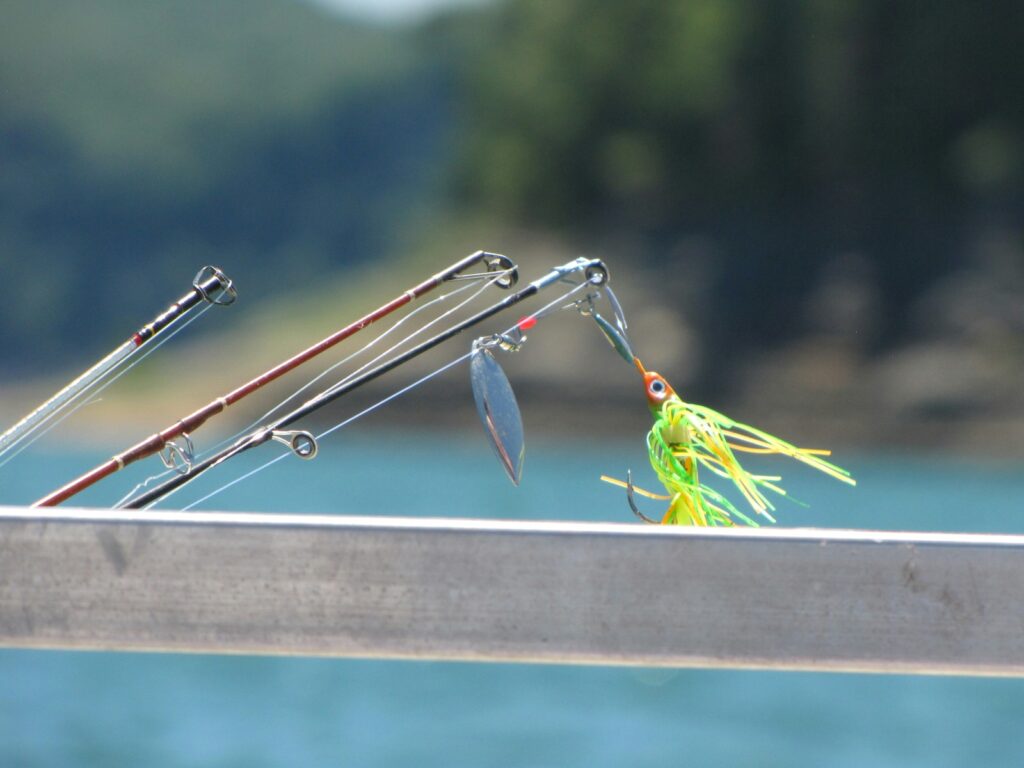
The key to a travel-friendly tackle selection is versatility—choose lures that can work in multiple scenarios rather than highly specialized options.
Small to medium-sized swimbaits, soft plastic worms, and compact spinnerbaits or crankbaits provide excellent coverage for freshwater scenarios. For saltwater, pack a selection of jigs, spoons, and topwater plugs that can be worked at different depths and speeds. Neutral colors like white, silver, and chartreuse tend to perform well across different water conditions and prey profiles.
Limit yourself to 10-15 carefully chosen lures stored in a waterproof container rather than bringing dozens of options that add weight and bulk. Research the common prey species at your destination and prioritize lures that mimic their size, color, and movement patterns for the best results.
Invest in a Quality Travel Case
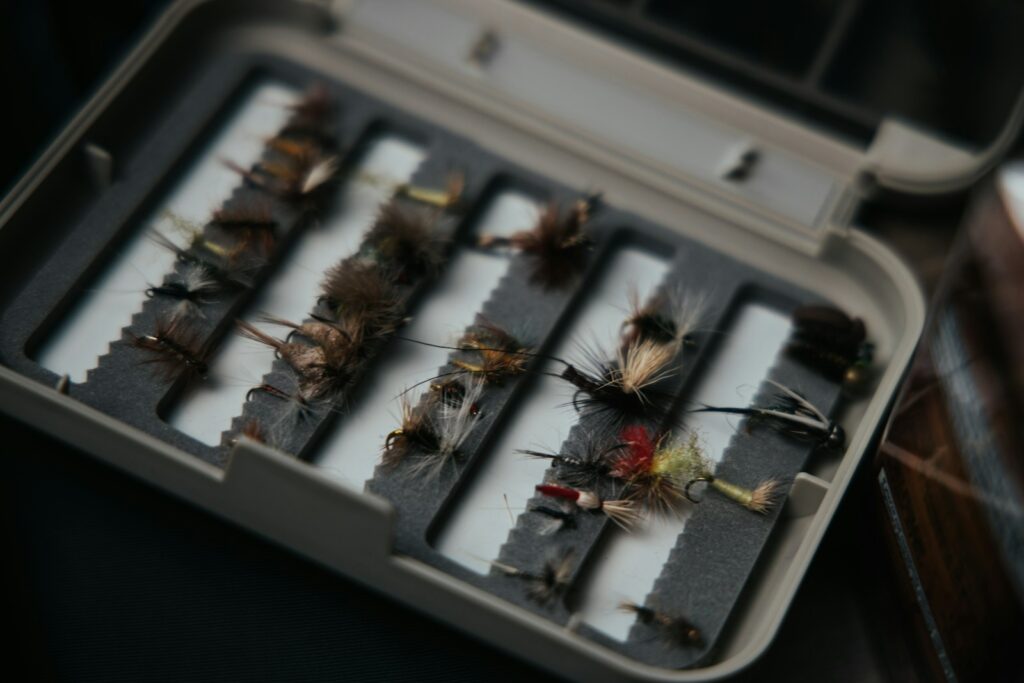
A dedicated travel fishing case protects your investment and keeps your gear organized through the rigors of transportation. Hard-sided rod tubes offer the best protection for multi-piece rods, preventing crushing or bending during transit. Look for models with interior padding and secure closures that won’t accidentally open during handling. Many manufacturers now offer combination cases designed specifically for travel fishing, with compartments for rods, reels, and basic tackle.
Water-resistant or waterproof cases provide additional protection against unexpected weather or accidental immersion. For fly fishing gear, specialized travel cases with sections for rods, reels, fly boxes, and tools keep everything secured and accessible. The small additional expense and weight of a quality case is easily justified by the protection it provides for equipment that would be difficult and expensive to replace while traveling.
Consider TSA and Airline Regulations

Before packing your travel fishing kit for air travel, familiarize yourself with both TSA and airline regulations regarding fishing equipment.
While fishing rods and reels are generally allowed in both checked and carry-on luggage, sharp objects like hooks, knives, and pliers must typically be checked. Some airlines have specific length restrictions for carry-on items that might affect even collapsed travel rods, so check your carrier’s policies in advance. Certain destinations have restrictions on lead fishing weights due to environmental concerns, so research alternatives if necessary. For international travel, customs regulations may restrict the importation of certain fishing equipment or natural materials like feathers in fly ties.
Always declare your fishing equipment when required, and consider obtaining any necessary fishing licenses or permits before departure to avoid complications at your destination.
Pack Essential Tools and Accessories
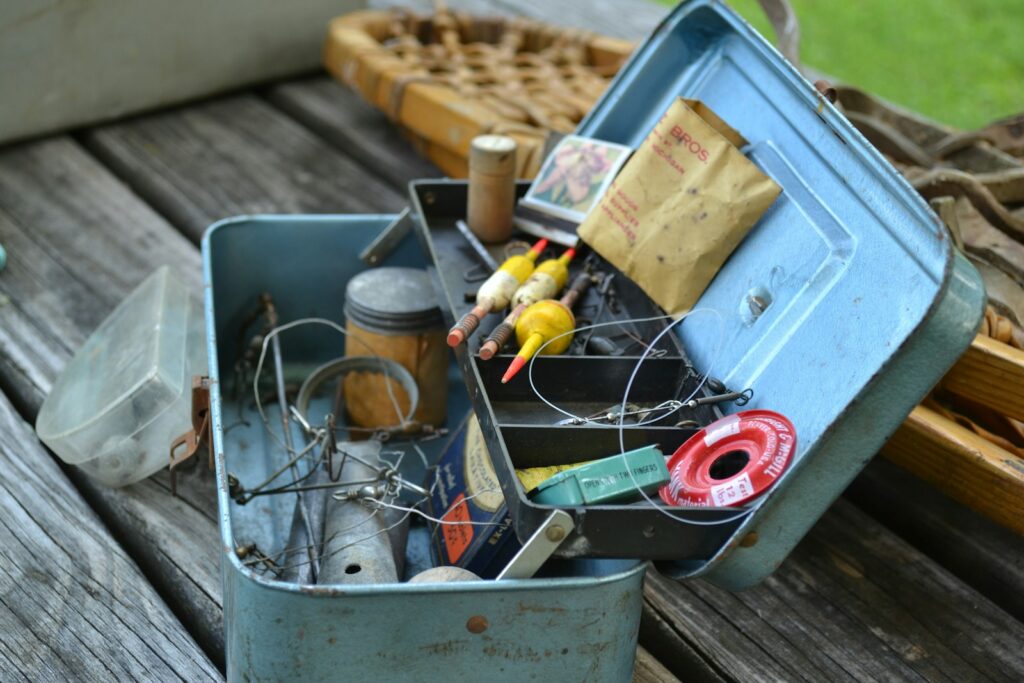
A minimal but effective selection of fishing tools will keep your travel kit functional without adding unnecessary bulk. A compact pair of needle-nose pliers with built-in line cutters handles most basic tasks like hook removal and cutting line. Include a small folding knife or dedicated fishing multitool that complies with travel regulations for your destinations. Small plastic measuring tapes take up virtually no space but are invaluable for confirming whether your catch meets local size regulations. Include a few essential terminal tackle items like split rings, swivels, extra hooks, and weights in a compact container. Lightweight fishing gloves and a collapsible landing net with a telescoping handle add functionality while still packing flat. Consider a small headlamp for dawn, dusk, or night fishing opportunities that might arise during your travels.
Create a Compact Tackle Management System
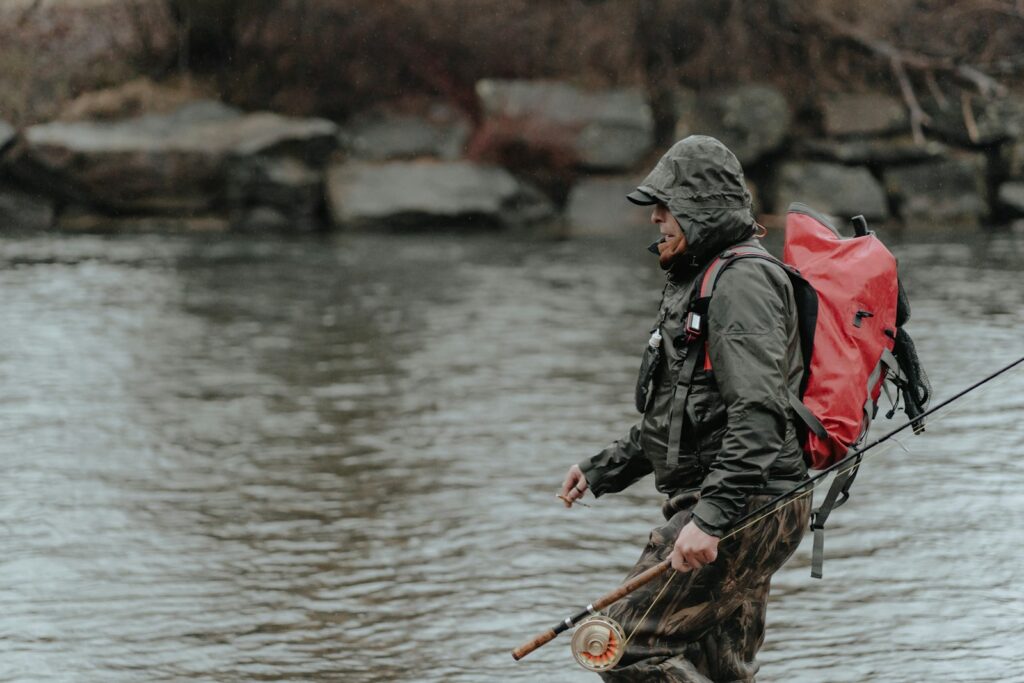
Organizing your tackle efficiently prevents frustrating searches through jumbled gear when you should be fishing.
Small waterproof utility boxes with adjustable compartments allow you to customize storage for your selected lures and terminal tackle. Consider using pill organizers or contact lens cases for tiny items like split shot, swivels, or hooks—they’re watertight and extremely compact. Zip-top bags take up minimal space when empty but can expand to hold bulkier soft plastics or larger items when needed. Create a layered system in your tackle bag or box, with the most frequently used items at the top for quick access. Attach small carabiners to your tackle storage to clip it securely to your pack or belt, preventing loss during active fishing in challenging terrain.
This systematic approach maximizes fishing time and minimizes frustration when accessing your gear in unfamiliar environments.
Prepare for Different Water Types

Versatility is key when you might encounter various water types during your travels. For freshwater scenarios, ensure your kit can handle everything from small streams to larger lakes with appropriate lure sizes and line strengths. If saltwater fishing might be on the agenda, include corrosion-resistant hooks, swivels, and lures specifically designed to withstand salt exposure. Rinse your gear thoroughly with fresh water after any saltwater use, even if it means using bottled water when proper facilities aren’t available.
Consider bringing small packets of scent eliminators for fishing pressured waters where fish might be particularly wary. A selection of weights ranging from unweighted to several ounces allows you to adapt to different current strengths and depths you might encounter. Research common fishing techniques for your destination and ensure your kit can accommodate at least the basics of these approaches.
Consider Packable Waders or Footwear

Access to productive fishing spots often requires appropriate footwear or wading equipment, which can present challenges for travelers. Ultralight, packable wading boots or water shoes take up minimal space while providing necessary traction on slippery rocks or boat decks. For cold-water destinations, consider packable stockingfoot waders made from lightweight breathable materials that compress down to the size of a small towel. Neoprene gravel guards not only protect your wading equipment but can also serve as makeshift wading socks in a pinch for warm-water wade fishing. Convertible pants with zip-off legs offer versatility for changing weather conditions without packing separate items. For tropical destinations, fast-drying fishing shirts and pants with built-in sun protection reduce the need for constantly reapplying sunscreen during long days on the water.
Maintain and Clean Your Kit On the Go
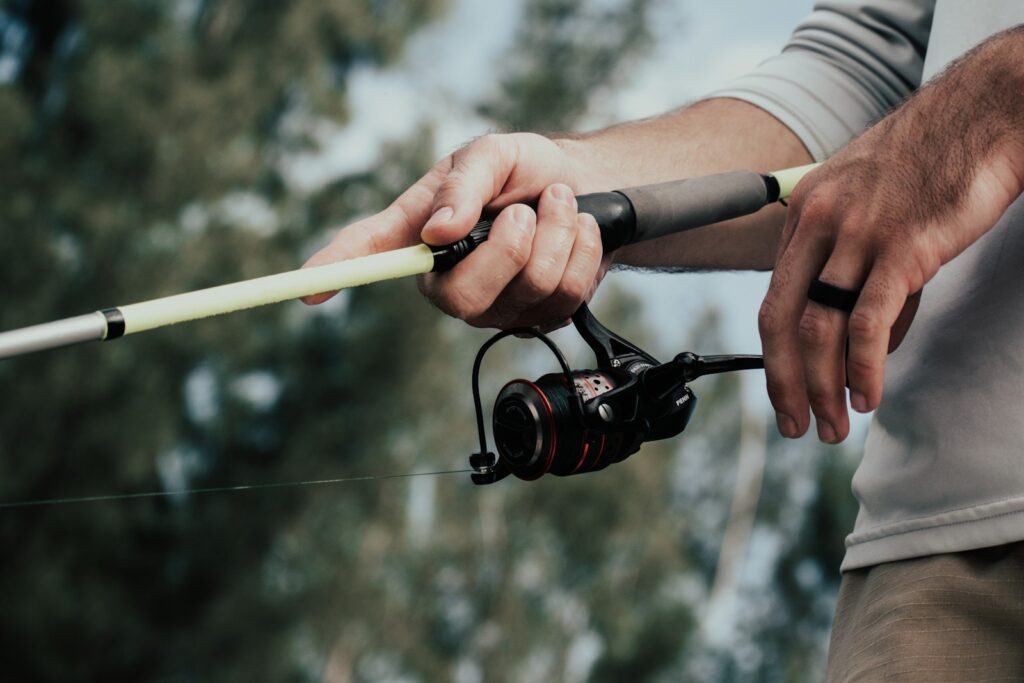
Proper maintenance of your travel fishing kit extends its lifespan and ensures reliable performance throughout your trip. Pack a small spray bottle that can be filled with fresh water for rinsing salt, sand, or dirt from your gear after each use. Include a microfiber cloth for drying components quickly to prevent corrosion, particularly in humid environments. Small packets of reel oil and grease allow for necessary lubrication without carrying bulky containers.
Develop the habit of breaking down your rod and reel each evening to inspect for any damage or debris that could cause problems on your next outing. Consider packing a small tube of marine-grade silicone grease to maintain o-rings and threaded connections on waterproof cases or equipment. This regular maintenance routine takes just minutes but can prevent equipment failures that might otherwise ruin a fishing opportunity during your limited travel time.
Research Local Regulations and Ethics
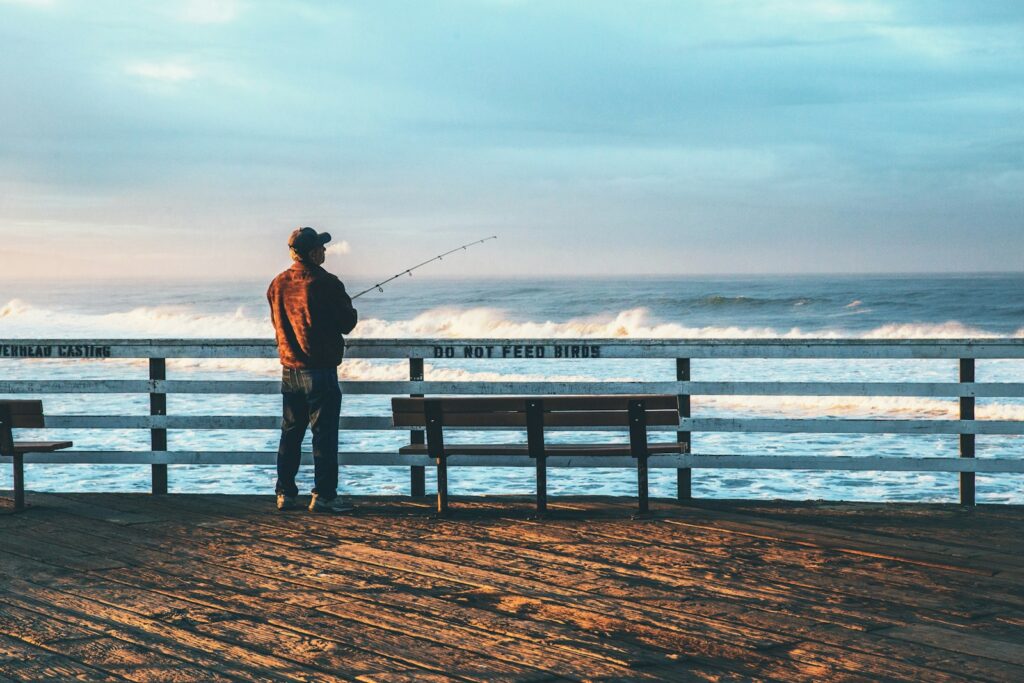
Every fishing destination has its own set of regulations, seasons, and ethical considerations that responsible anglers must observe. Research and purchase any required fishing licenses well before your trip, with digital copies stored on your phone and physical copies packed in waterproof containers. Familiarize yourself with local size and bag limits for different species, as these can vary dramatically between locations. Learn about any protected species or areas where fishing might be restricted or prohibited entirely.
Consider connecting with local fishing guides or shops even if you plan to fish independently—they can provide invaluable information about current conditions and respectful practices. Understanding local customs regarding catch and release versus harvest helps you avoid unintentional cultural misunderstandings. This preparation ensures your fishing adventures remain legal, ethical, and respectful of both the environment and local communities.
Bring Backup Plans and Adaptability

Even the most carefully planned fishing trips can face unexpected challenges, from weather changes to equipment failures. Pack a simple backup system, such as a handline or ultralight packable rod, that can still provide fishing opportunities if your primary equipment is damaged or lost. Include versatile artificial baits that can work across multiple techniques rather than highly specialized lures that might become unusable if conditions change.
Research several potential fishing locations at your destination rather than focusing on just one spot that might be inaccessible due to unforeseen circumstances. Download offline maps of fishing areas before traveling to navigate even without cell service or internet access. Maintain a flexible mindset about species and techniques—some of the most memorable fishing experiences come from unexpected opportunities that arise during travel when you remain open to possibilities beyond your original plan.
Conclusion
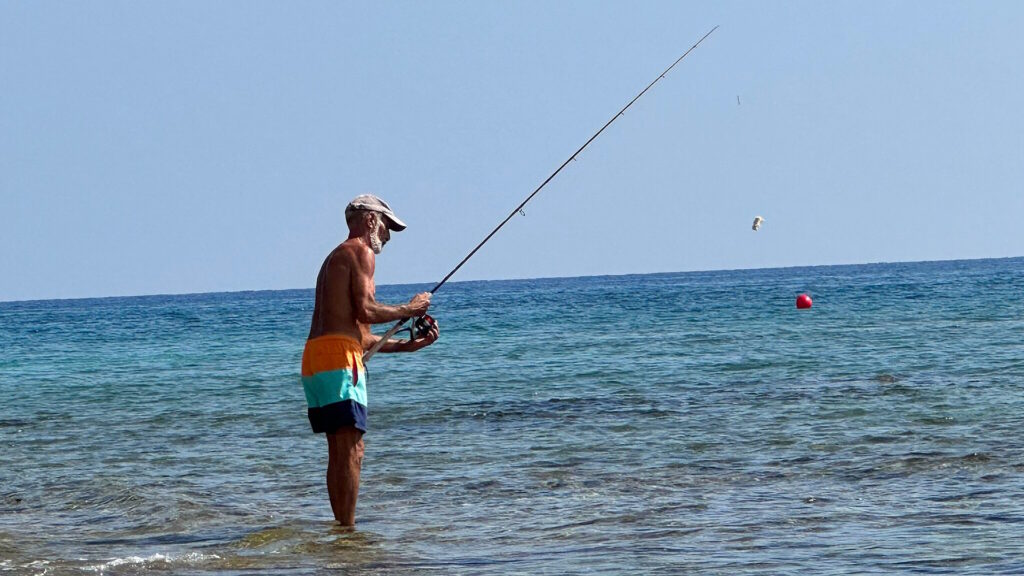
Creating an effective travel fishing kit requires thoughtful selection of versatile equipment that balances portability with performance. By investing in quality components like multi-piece rods, durable reels, and carefully chosen tackle, you can enjoy fishing opportunities almost anywhere your travels take you. The preparation process itself becomes part of the adventure as you research destinations and anticipate the unique fishing experiences awaiting you.
Remember that the ultimate goal is to spend more time fishing and less time dealing with equipment issues or logistics. With your travel-friendly rod and reel kit properly assembled and maintained, you’ll be ready to cast a line whenever opportunity strikes, creating memorable fishing experiences that enhance your travels and connect you with waters around the world.



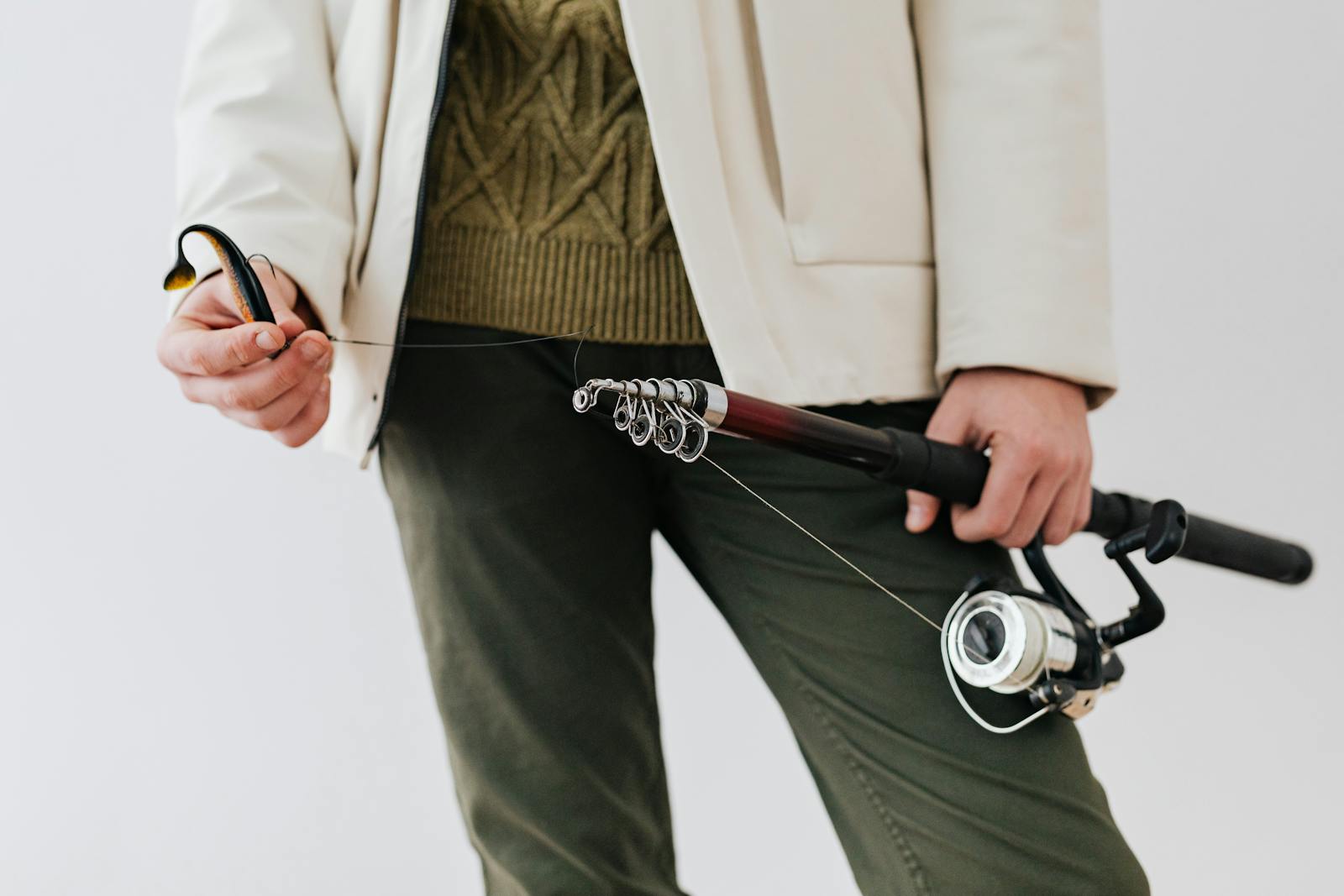










Post Comment